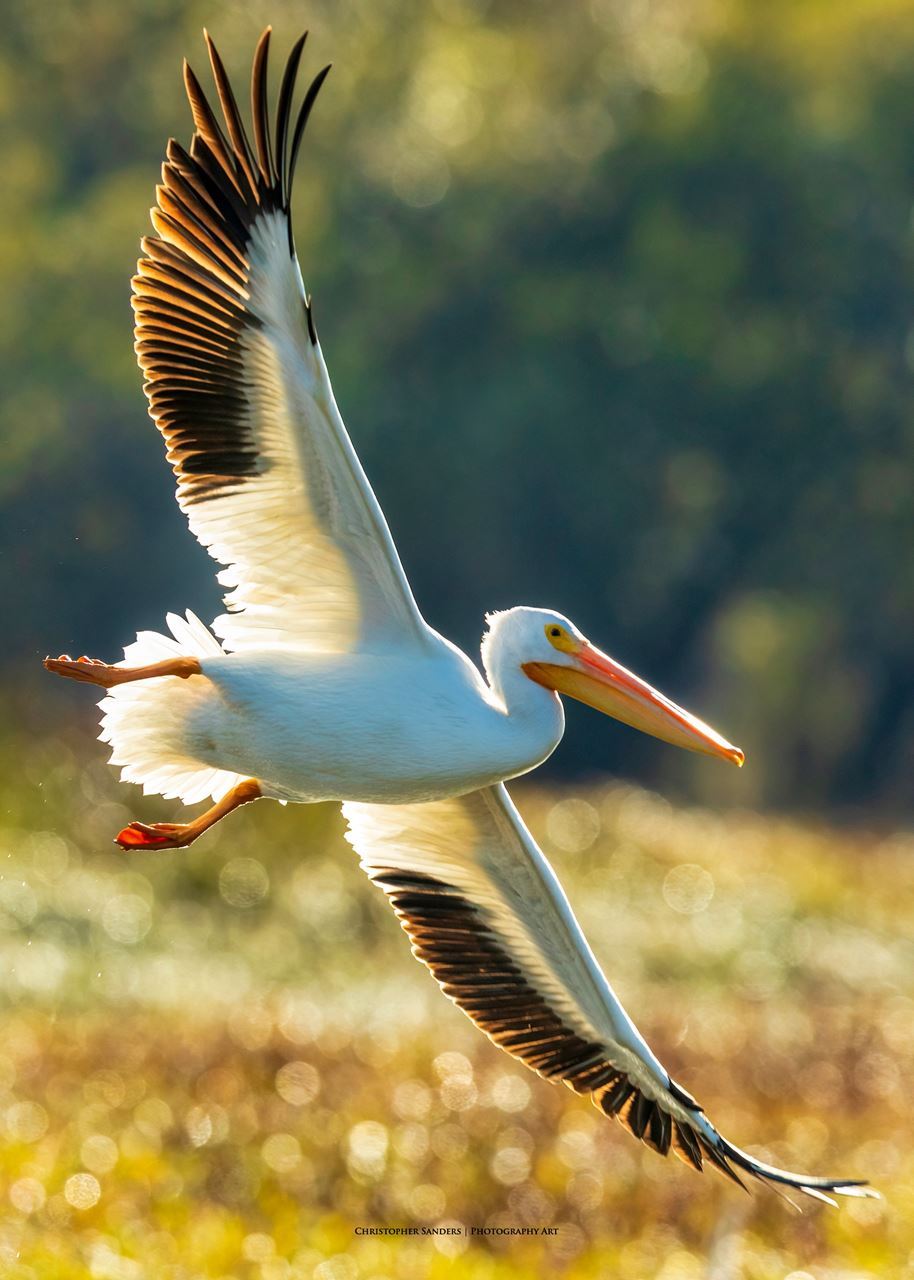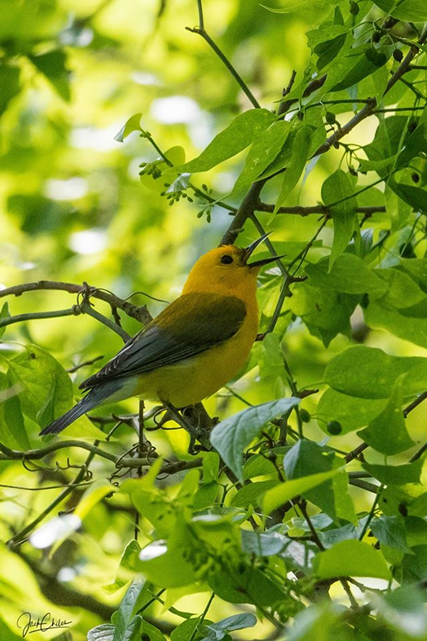The Friends of Hagerman National Wildlife Refuge Presents: The Refuge Roundup! Saturday, October 8 With activities for the entire family! |
|
|
|
|
|
|
raised from the auction will be reinvested in educational opportunities and programs for both children and adults. The online auction is a chance for you to contribute while picking up something nice for yourself! The auction starts October 5th, but please feel free to browse: www.32auctions.com/FOHNWR Facebook is NOT requiredAll are invited to preview the auction items at the Friend's Building at the refuge:
Winners of auction items will be notified when the bidding ends on October 8th. Items will be available for pick up at the Friend's Building at the refuge:
Questions? please Contact Us! |
Refuge Update: The visitor center is open Monday through Saturday 9-4, Sunday 1-5. It's a great time to visit the refuge! |
ARCHERY DEER HUNT DATES: Nov 04, 2022 – Nov 06, 2022 Nov 18, 2022 – Nov 20, 2022 Dec 02, 2022 – Dec 04, 2022 | Areas closed for the hunts: Sandy, Godwin and Goode |
Upcoming Activities: Saturday, 10/1: The Little Sit, register for a Tram Tour Sunday, 10/2: register for a Tram Tour Wednesday: 10/5: the Online Auction begins Saturday, 10/8: The Refuge Roundup!, An Early Bird Walk, Second Saturday Presentation Recent Sightings: |
American White Pelicans, 9/27/22, by Jack Chiles |
Marbled Godwit by Jack Chiles |
Sora by Jack Chiles |
Majestic White American Pelicans Pay Visit to the Refuge By Linda Richmond Right now, visitors to Hagerman National Wildlife Refuge have an opportunity to see one of the largest flying birds in North America and the largest species that inhabits Hagerman’s marsh and grasslands: the American White Pelican or Pelecanus erythrorhynchos.
Photo by Chris Sanders With adults weighing in at 17 pounds, these five-foot long birds have an amazing 9 to 10-foot wing span. The only bird in North America with a larger wing span is the California condor. American White Pelicans travel together in large flocks, making brief visits to Lake Texoma’s shores in the fall and spring. Flocks feed on fish in the shallow waters, rest on the sandbars, and recharge before continuing on their migration journey. Thousands of American White Pelicans amass at the Hagerman refuge starting in late September through early November. Some groups pass through again in the spring, but larger numbers visit in the fall migration, explained Master Naturalist Jack Chiles who has conducted weekly bird counts every Tuesday for the past 35 years. The largest number of white pelicans he ever recorded at the Hagerman was a whopping 10,000 on September 25, 2018. “They pack together real tight when they’re sitting on the sand bars. When you look at a group of pelicans you might think there are several hundred, but it could be 1,000. When they start taking off, it’s amazing, because more and more groups of them keep taking off, and then you see there’s a bunch still there.” |
Photo by Chris Sanders | White pelicans have long necks and massive bills. Their webbed feet make for water-ski landings and strong swimming. The species is perhaps best known for the expandable pouch on their bill, which can hold up to 3 gallons of water. They use it to scoop fish from the water. Once they catch a fish, the birds lift their heads to drain the water out the sides before swallowing their catch. What’s the best way to view them? “The birds are very tolerant of people most of the time,” Chiles said. “Of course, anytime that you visit the refuge, your best blind is your car. Birds don’t pay much attention to anybody in a car, but once you get out, they’re more cautious.” White pelicans eat mostly small to midsized schooling fish in Lake Texoma, such as shad or bass. However, they have been filmed scooping up fish as large as their bill, which they must then |
wrangle to swallow, often still wriggling. They are opportunistic feeders, and may also eat other creatures such as salamanders, crayfish, turtles, or tadpoles or whatever is available.
|
Unlike the brown pelican, this species never plunge-dives from the air. Rather, white pelicans may be seen working cooperatively, forming a circle or a tight line on the water’s surface, beating their wings to drive schools of fish toward shore. Once the fish are forced into shallow water, the birds make easy work of scooping up their dinner. If another bird’s catch looks tasty, the white pelican is not |
Photo by Win Goddard |
above stealing its supper from another bird, even one of their own kind. White pelicans travel in V-formations. In these tight groupings, each bird flies slightly above the bird in front of them, reducing the wind resistance each bird experiences. This conserves their energy. The birds take turns being the lead bird, falling back when they get tired. These formations might also help the birds communicate with and keep track of each other. Pelicans were listed as an endangered species before 1980 due to habitat loss, hunting, and pesticide use, particularly DDT, which caused thinning of the birds’ shells. Since that insecticide was banned in the United States in 1972, pelicans have made a big comeback. Despite overall improved status, the white pelican remains a species of concern among conservationists. Humans pose their biggest threat. The birds have relatively few breeding colonies, and human disturbance and destruction of their habitat, such as the flooding or draining of shallow wetlands pose major concerns. For example, a land bridge formed on the Great Salt Lake in Utah recently destroyed a major nesting site for the birds, Chiles said. White pelicans build their nests on the ground, so they choose islands to protect their offspring from predators that could reach them by land, he explained. On the sand bars of Lake Texoma, when the white pelicans are rested and fed and the weather conditions are just right, flocks begin to take off, heading South to their wintering grounds on the Gulf of Mexico. The flocks depart in midmorning when sunlight begins to warm up the ground. The rising heat forms what are known as thermals. These columns of warm air rise and help lift large-winged birds such as pelicans into the sky. |
 Pelicans in Flight by Jack Chiles |
“If you want to see them when they’re taking off, which is pretty spectacular, they start around 10:00 in the morning,” Chiles said. “In my experience, it takes about an hour for most of them to get airborne.” The birds soar gracefully on their very broad, stable wings, very high in the sky. “When they get really high, often all that is visible are the black edges on their wings.” The trailing edges of the white pelicans’ wings are black due to a pigment called melanin, Chiles explained. The melanin stiffens these feathers and makes them stronger for flight. “When you watch a huge flock of them fly it’s really something because when they turn a certain way, it’s like they all disappear.” |
Join Us At Our Sunrise Bird Count: The Little Sit
Photo by Melinda Hill
|
Upcoming events
|
Come and enjoy the sunrise with us! Photo by Pam Rendall-Bass |
Click Here for details |
Early Birding with Jack Chiles Master Naturalist Jack Chiles will lead our Early Birding walk, weather permitting. Bring binoculars or borrow ours. Meet at the Visitor Center and return in time for the Second Saturday program. Free and open to the public; funded by Donations and powered by Volunteers. Register to receive email alerts for this event: |
|
Second Saturday: Meet Game Warden Bryan Newman Saturday, October 8, 2022 at 10:00 AM in the Visitor Center
Come and meet Bryan Newman, a Grayson County native and Game Warden Extraordinaire. Learn the duties of a game warden, listen to his on the job stories, and find out how to become one. Future Programs
|
| Puddles' Craft Corner Creatures of the Night By Cindy Steele, Master Naturalist |
|
Welcome back to Puddles’ Craft Corner! Imagine being wide awake at midnight and going through your normal day. Can you imagine eating lunch at midnight, going to school, playing with your friends, and talking to your family? That might seem odd to some of us, but to nocturnal animals, that's how they live their lives. Nocturnal animals are awake and active at night and then sleep during the day. Some nocturnal animals can be seen during the day, but most of them spend their whole day resting. Examples of nocturnal animals include bats, skunks, aardvarks, raccoons, opossum, and owls. Nocturnal animals sleep during the day for various reasons. Most nocturnal animals sleep during the day and are active at night in order to avoid predators that are active during the day. For example, sea turtles go to their breeding sites in order to keep themselves safe and protect their offspring. Most nocturnal animals live in the desert or hot areas. So, not only are ... |
Come, Take a Tour on the Wildlife Explorer! Enjoy a ninety minute tram tour of Wildlife Drive aboard our open-air Wildlife Explorer. Learn about the fascinating history of the displaced town of Hagerman while watching for an abundance of wildlife.
Register for a Tram Tour Today! |
|
| Birding with Jack Updated, Weekly Census Results By Master Naturalist Jack Chiles, Mike Petrick and Dr. Wayne Meyer (Pictured Right) |
|
Each Tuesday a team of experienced birders, including Master Naturalist Jack Chiles, traverse 35 miles of refuge roads and hiking trails, documenting every bird they encounter. This Bird Census is reported to The Cornell Lab of Ornithology for use in research, and each week we will bring you a link to their actual bird count, and a summary of their adventures. |
See Jack's notes and latest Census Results |
Shop Amazon Smile to Support the Friends of Hagerman
Kroger: Stop by the customer service desk at Kroger and link your Kroger Card to the Friends of Hagerman: the Friends will get rewards for every dollar you spend, at no cost to you. |
Thank You To Our Contributors: Jack Chiles, Linda Richmond, Cindy Steele, Chris Sanders, Win Goddard, Melinda Hill, Pam Rendall-Bass Refuge Manager: Kathy Whaley Deputy Refuge Manager: Paul Balkenbush Visitor Services Manager: Spencer Beard Friends of Hagerman NWR Foundation 6465 Refuge Road, Sherman, TX 75092 Phone: 903-786-2826 www.facebook.com/FOHNWR |

The refuge is open from sunrise to sunset every day of the year, drive on any road unless gated.
Admission to the refuge, parking and most events/activities are funded by donations and powered by volunteers.
Please add friendsofhagerman@gmail.com to your contacts to ensure delivery of registration confirmations, account information and the Featherless Flyer
Special thanks to Nancy Miller for the amazing photo of the Visitor Center See you at the refuge! |

.jpg)


















